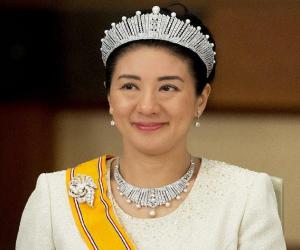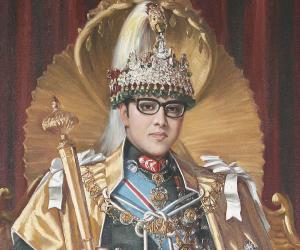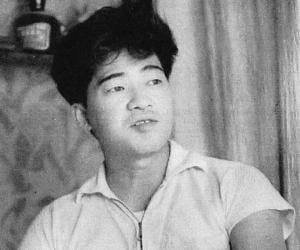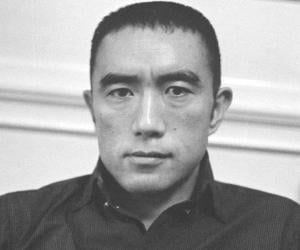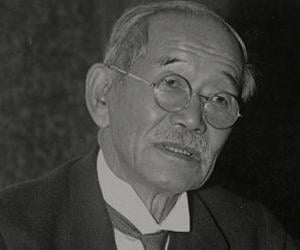
Legendary Japanese athlete Jigoro Kano is remembered as the founder of judo. A fine educator, he had also had a 23-year stint as the principal of 2 schools, which later became the University of Tsukuba. He was also the first Asian to be part of the International Olympic Committee.
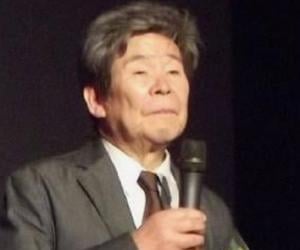
Japanese filmmaker Isao Takahata is best known for his collaborations with Hayao Miyazaki, with whom he co-established Studio Ghibli. Born to an academician father, he had initially studied French literature. He is best remembered for his Oscar-nominated film The Tale of the Princess Kaguya. His signature plot includes a protagonist on a train.
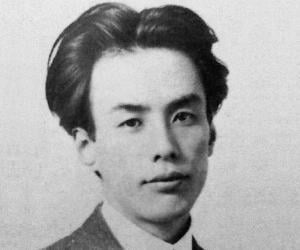
Ryunosuke Akutagawa was a Japanese writer best remembered for writing more than 150 short stories including In a Grove which inspired the 1950 film Rashōmon. Considered the father of the Japanese short story, Ryunosuke Akutagawa's brief career helped inspire his friend Kan Kikuchi to create Akutagawa Prize, a literary award for new writers, which is named in his honor.
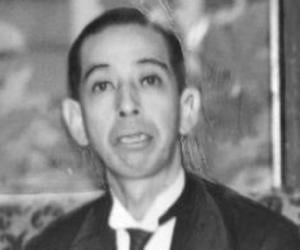
Beginning his career as a civil servant, Nobusuke Kishi entered politics as a vice minister of the Manchukuo government and later served in the Cabinet of Tōjō Hideki. Imprisoned for three years by the Allied Occupation authorities after the war, he eventually became the Prime Minister of Japan. As Prime Minister of Japan, he signed a new U.S.-Japan security treaty.
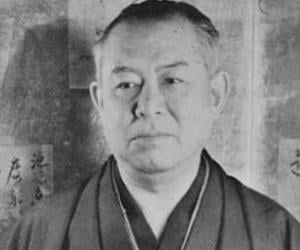
Tanizaki Jun'ichirō was a Japanese author whose works made him a contender for the Nobel Prize in Literature in 1964. Widely regarded as one of the most important personalities in modern Japanese literature, Tanizaki's work ranges from the depictions of erotic obsessions to the dynamics of family life in 20th-century Japan. Many of his works have been adapted into films.
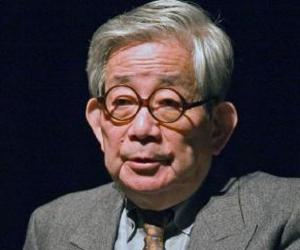
Kenzaburō Ōe is a Japanese writer whose essays, short stories, and novels deal with social, philosophical, and political issues such as nuclear power, nuclear weapons, existentialism, and social non-conformism. An influential personality in contemporary Japanese literature, Kenzaburō Ōe was honored with the prestigious Nobel Prize in Literature in 1994 for his works.
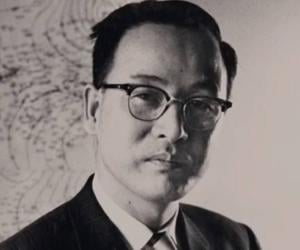
Japanese-American meteorologist Tetsuya Theodore Fujita, also known as Ted Fujita, is remembered for his research on severe weather. He devised the Fujita Scale, or F-Scale, for measuring the intensity of tornadoes. In his later life, he was associated with the faculty of the University of Chicago.
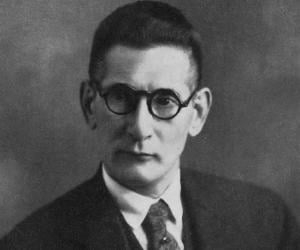
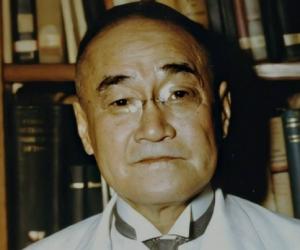
Shigeru Yoshida had been the prime minister of Japan in the face of Allied occupation after World War II. Born to an entrepreneur and a geisha, he had later been adopted by a friend of his father’s. He is best known for the Yoshida Doctrine, which ushered in economic prosperity.
Japanese surrealist author Kōbō Abe is remembered for his Kafka-esque style and his bestselling novels such as The Woman in the Dunes. Though he studied medicine, pushed into it by his physician father, he never practiced. The Akutagawa Prize winner was also initially a communist but was later expelled.
Japanese author, poet, and playwright Yukio Mishima is counted amongst the most important Japanese authors of the 20th century. His best-known works feature a fusion of traditional Japanese and modern Western literary styles. He was the founder of the Tatenokai, an unarmed private militia dedicated to traditional Japanese values. He was considered controversial due to his political activities.
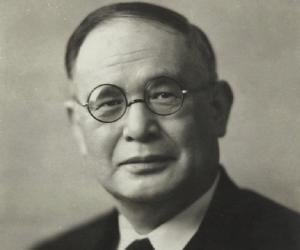
Mamoru Shigemitsu had been the foreign minister and the deputy prime minister of Japan and an ambassador to several countries. He ratified Japan’s surrender to the Allies after World War II, following which he was convicted of war crimes. Hereceived a 7-year sentence but was paroled after 4 years.
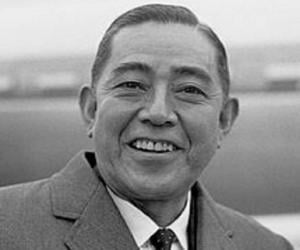
Nobel Peace Prize-winning Japanese prime minister Eisaku Satō is remembered for his stance against nuclear weapons, which led Japan to sign the Nuclear Non-Proliferation Treaty. While he improved trade with China, he was also criticized for letting the U.S. army stay in Okinawa even after its return to Japan.
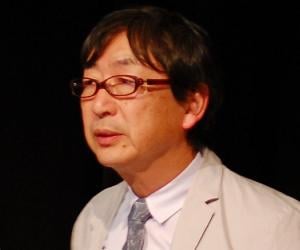
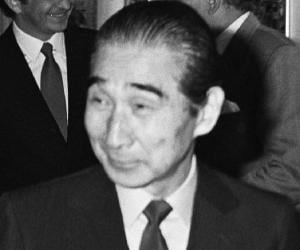
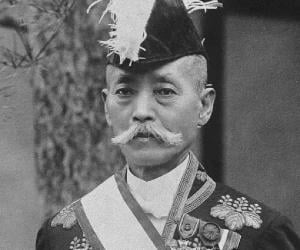
Considered the Father of Parliamentary Politics in Japan, Yukio Ozaki was a revered member of the House of Representatives, who served as Education Minister, Minister of Justice and also as the Mayor of Tokyo. Today, he is best remembered for his struggles to establish universal manhood suffrage and a governmental system responsible to the majority party in the Diet.
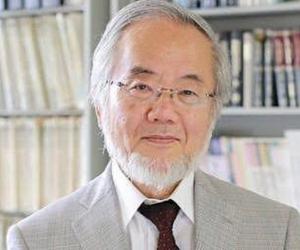
Nobel Prize-winning Japanese cell biologist Yoshinori Ohsumi is best known for his research on autophagy. A Rockefeller University alumnus, he now teaches at Tokyo Tech’s Institute of Innovative Research. He is also known for his pathbreaking contribution to topics such as the DNA, cell, and embryo.
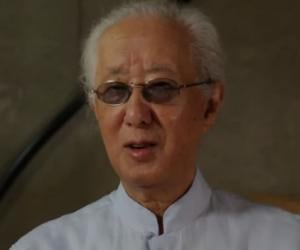
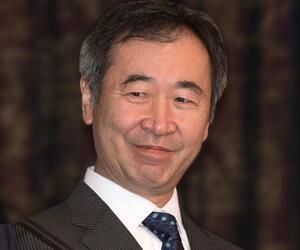
Nobel Prize-winning Japanese physicist Takaaki Kajita is best known for his research on the oscillations of neutrinos. He has been associated with the faculty of the University of Tokyo and has also led the Science Council of Japan as its president. He completed his doctoral thesis under Nobel laureate Masatoshi Koshiba.

Son of a stonemason, Kōki Hirota grew up to graduate in law. Stepping into politics, he eventually became the prime minister of Japan. He had previously been an ambassador to Russia, too. He resigned amid army pressure and was executed by hanging for war crimes during the Second Sino-Japanese War.

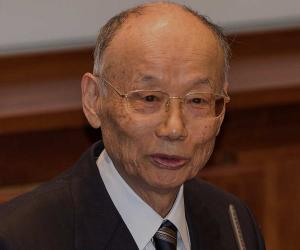
Japanese biochemist Satoshi Ōmura won the Nobel Prize for contributing to the discovery of avermectin and ivermectin, and thus helping in developing treatments for roundworm parasite infections. He has also been associated with the faculty of the Kitasato University and the Wesleyan University.
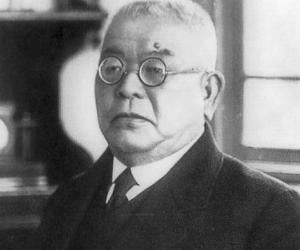
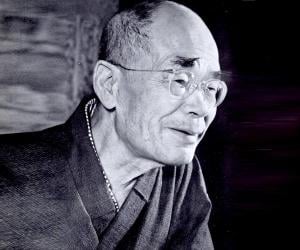
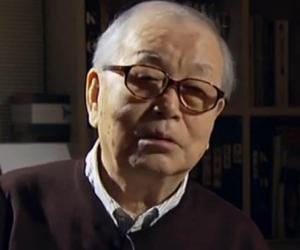
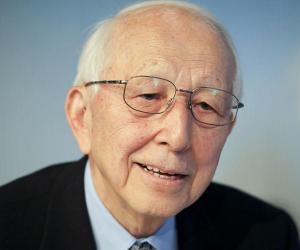
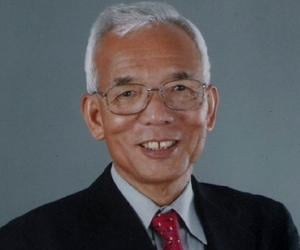
Nobel Prize-winning Japanese-origin American meteorologist Syukuro Manabe is a pioneering figure in the use of computers to stimulate climate change. He also conducted research on the prediction of global warming. He has been associated with the faculty of both the Princeton and Nagoya universities. He also received the Japanese Order of Culture.
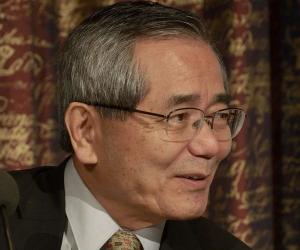
Japanese chemist Ei-ichi Negishi won the Nobel Prize in Chemistry for his pioneering research on using palladium as a catalyst in cross couplings in organic synthesis, now known as the Negishi coupling. He spent most of his teaching career at Purdue University and also taught at the Syracuse and Hokkaido universities.
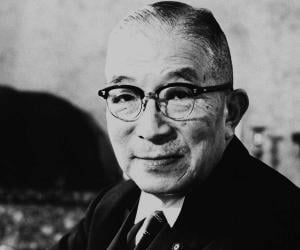
Born to a Yale graduate father and an author mother, Ichirō Hatoyama grew up to become the Japanese prime minister. Initially, he clashed with the military for his Western ways and means. He was the first Japanese politician to use radio and TV as means of political campaigns.
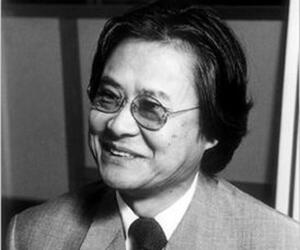
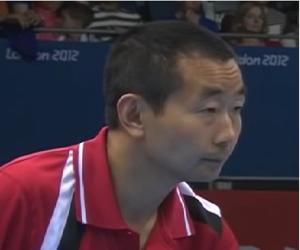
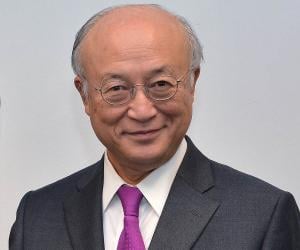
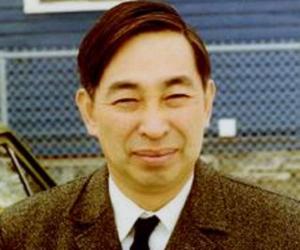
Kiyoshi Ito was a Japanese mathematician best remembered for his immense contributions to probability theory. He is credited with inventing the concept of stochastic differential equation and stochastic integral. Kiyoshi Ito is also credited with founding Itô calculus. In 2006, Kiyoshi Ito was honored with the prestigious Gauss Prize by the International Mathematical Union.
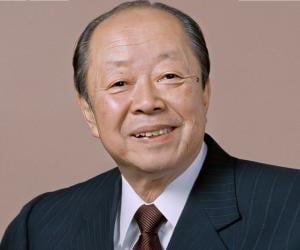
Born into a political family, Kiichi Miyazawa grew up to graduate in law and then stepped into politics. He became the prime minister of Japan and also held important portfolios such as agriculture and finance. His political career, like those of many other Japanese politicians, was plagued by bribery scandals.
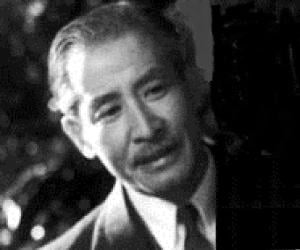
Japanese actor-director So Yamamura first soared to international fame with the film The Barbarian and the Geisha. He had also impressed audiences with his roles in films such as Tora! Tora! Tora! and Gung Ho. He was also active in Japanese television and won honors such as the Order of the Rising Sun.
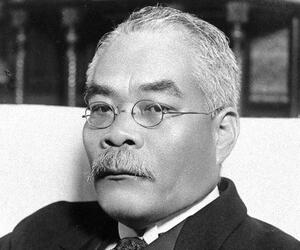
Osachi Hamaguchi, called the Lion Prime Minister due to his dignified appearance, had been the Japanese prime minister during the beginning of the Great Depression. To deal with inflation, he had maintained the yen at the gold standard, but that proved disastrous. He died of wounds sustained at an assassination attempt.
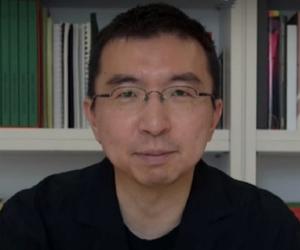
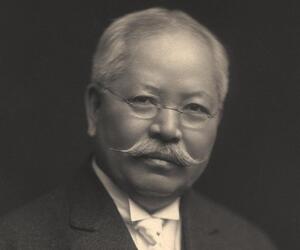
Jokichi Takamine was a Japanese chemist best remembered as the first person to isolate epinephrine in 1901. He is credited with founding the Tokyo Artificial Fertilizer Company in Japan as well as the Nippon Club of New York City in the USA. Jokichi Takamine's life and career inspired a couple of films, namely Sakura, Sakura and Takamine.
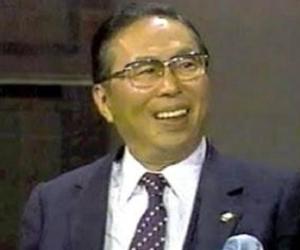
Den Fujita set up the first McDonald's franchise in Japan and was hugely successful owing to its signature dish, the Japanese-styled Teriyaki McBurger. He also headed companies such as Toys 'R' Us and Softbank, and penned several books on business strategy, too, including the bestseller The Jewish Way of Doing Business.
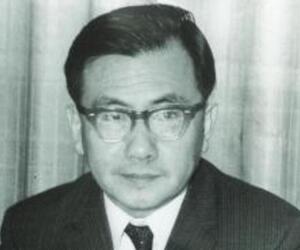
Kodaira Kunihiko was a Japanese mathematician best remembered for his distinguished work on the theory of complex manifolds and algebraic geometry. In 1954, he became the first person from Japan to win a Fields Medal. Over the course of his illustrious career, Kodaira Kunihiko also won the Fujiwara Prize and the Japan Academy Prize.
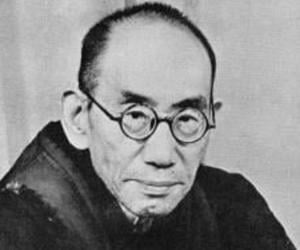
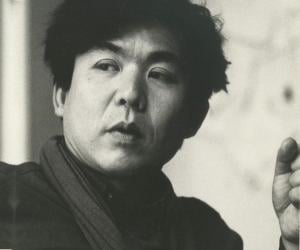
Along with his wife and collaborator Madeline Gins, artist and architect Shusaku Arakawa designed buildings such as the Bioscleave house, which included surrealist features, such as sand-dune-shaped floors and the lack of doors. His art and his Reversible Destiny Foundation were geared toward increasing human longevity.
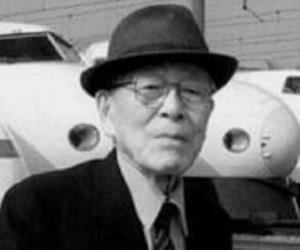
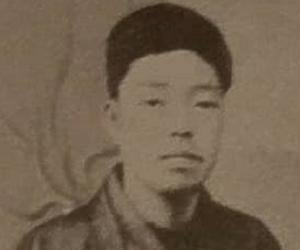
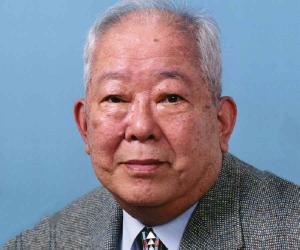
Koshiba Masatoshi was a Japanese physicist best remembered for co-founding neutrino astronomy. He played an instrumental role in detecting solar neutrinos, for which he was honored with the prestigious Nobel Prize in Physics in 2002 along with Raymond Davis Jr. Koshiba Masatoshi also won several other awards, including the Asahi Prize, Benjamin Franklin Medal in Physics, and Nishina Memorial Prize.
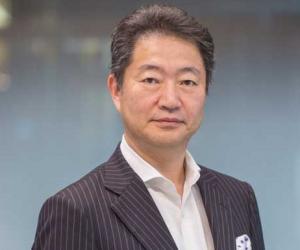
Former Square Enix director and president Yoichi Wada has also led the CESA as its chairman. Though a fan of 3D games since childhood, Wada’s early career saw him working in the investment and finance firm Nomura and for Japan’s foreign ministry in Poland. He is currently associated with Metaps.
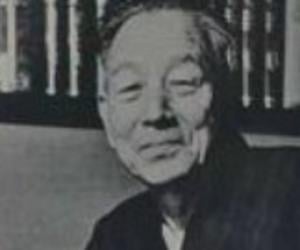
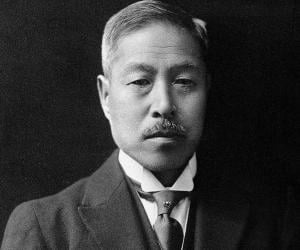
Shiga Kiyoshi was a Japanese bacteriologist and physician. He is credited for many scientific discoveries, including the discovery of the Shigella dysenteriae microorganism. He also conducted research on diseases such as trypanosomiasis and tuberculosis. Kiyoshi Shiga is also credited with making numerous advancements in immunology and bacteriology.
